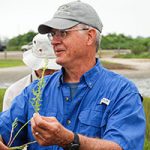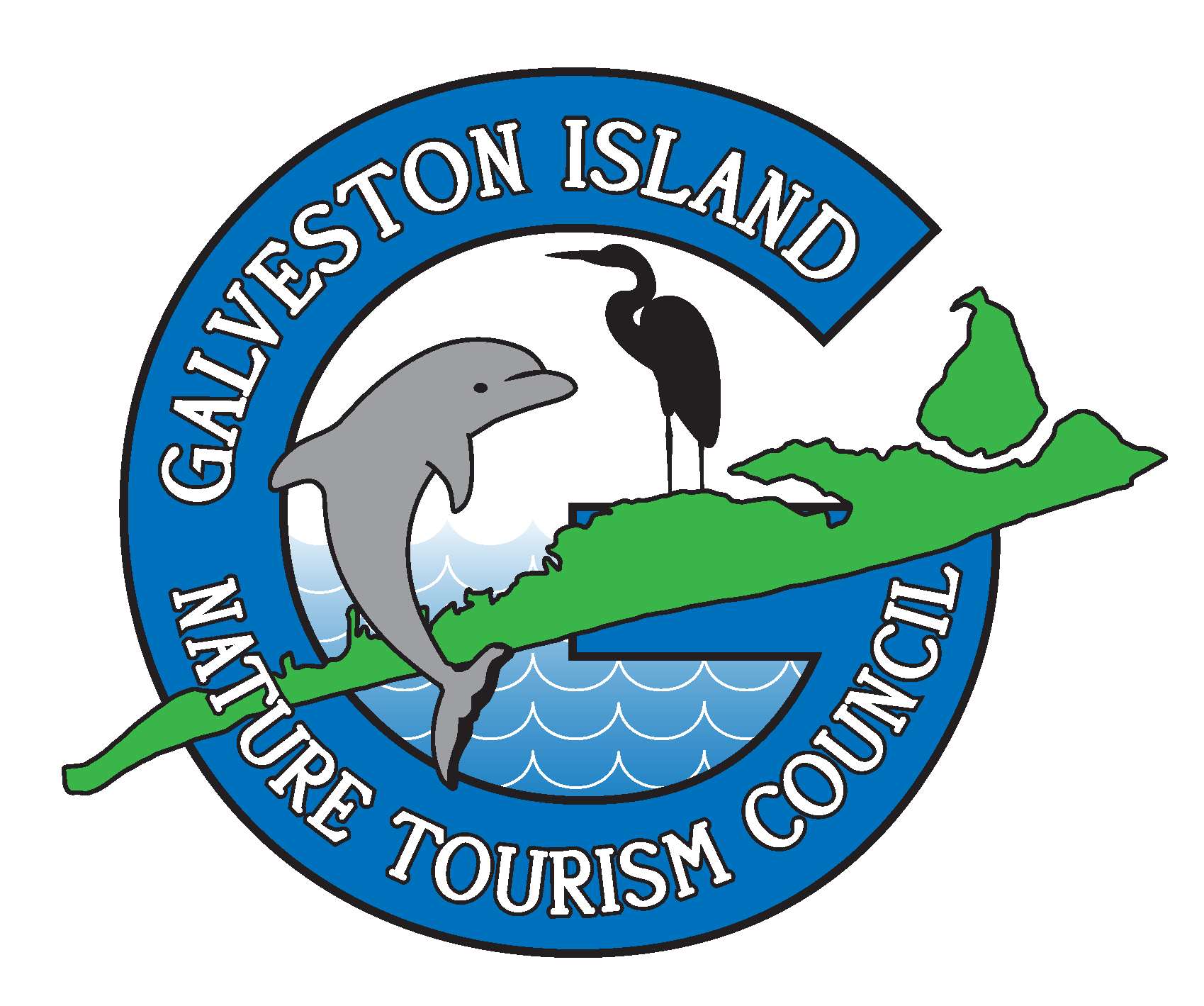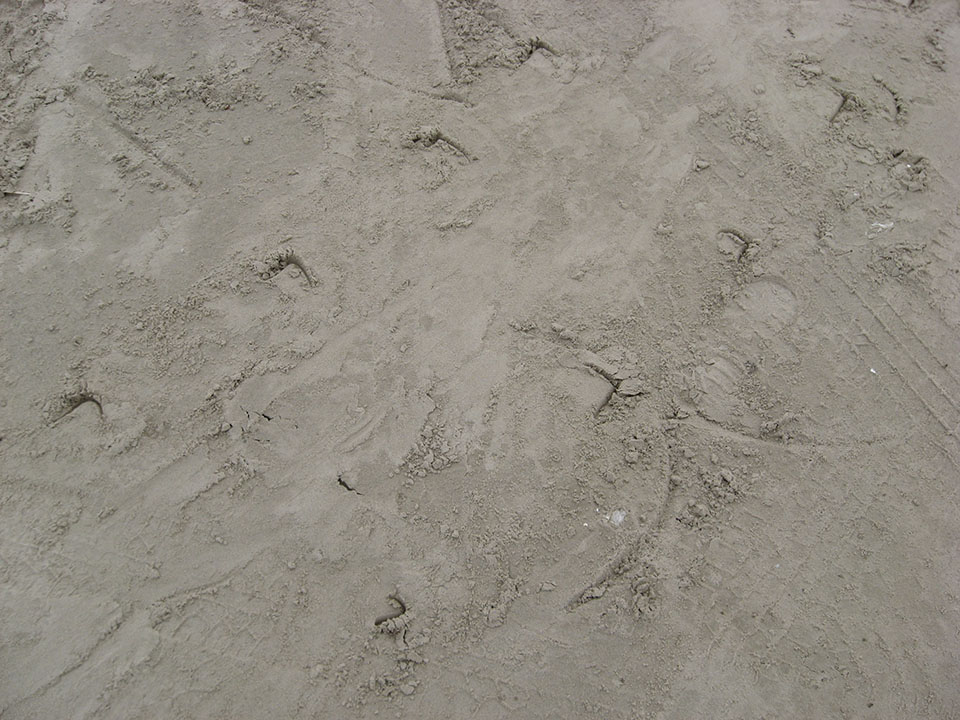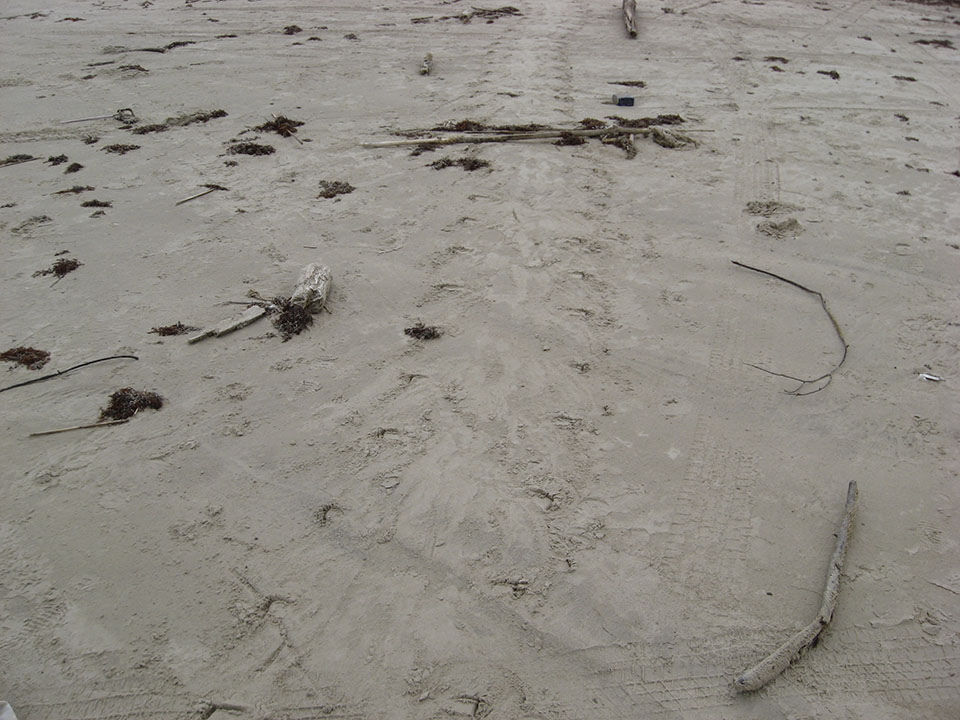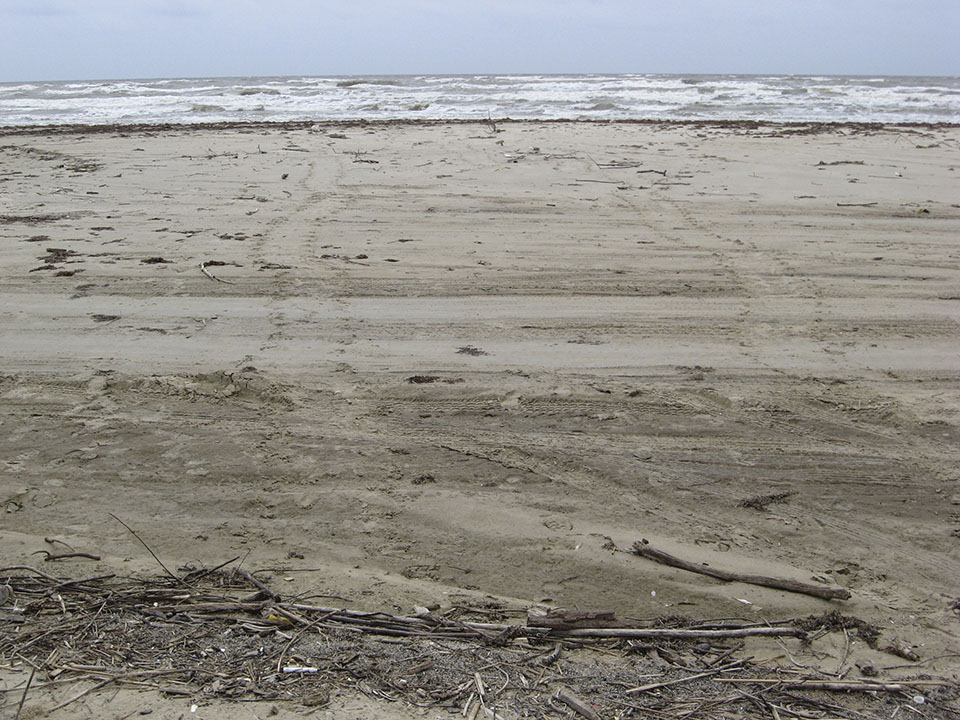by Steve Alexander
Sea turtle nesting season on the Texas coast began April 1st and will continue through July 15, but now is the peak nesting period- May and June. The sea turtle species nesting most frequently along the Texas coast is the Kemp’s ridley. Occasional nesters include loggerhead and green sea turtles.
In terms of abundance, all three species are in trouble- loggerheads are threatened, green sea turtles are endangered, and the Kemp’s ridley is critically endangered.
The future of the Kemp’s ridley rests with the female, since it is she who must complete the arduous task of nesting. She must crawl up the beach to the dunes and dig a hole in the sand large enough to hold about 100 or so ping-pong sized eggs. Then, after depositing her eggs, she must carefully cover them with sand cleverly enough to escape detection by predators and human eyes. After all this work is done, she must then turn around and head back to sea, crawling seaward perhaps the length of a football field to reach the water.
The female’s success is vital to the recovery of the Kemp’s ridley, and that’s where you the beachgoer can contribute. Two things you can do to help while on the beach- 1) watch for sea turtle tracks in the sand; and 2) keep your distance if you encounter a nesting sea turtle on the beach- let her do her thing, nesting, without being disturbed.
As for tracks in the sand, what do sea turtle tracks look like? Well, let’s start by looking at a closeup view of a sea turtle track (photo). Now, look at a wider view of the same track (photo), and lastly a look at a still wider view showing incoming and outgoing tracks (photo). The nest will be located near where these two tracks come together in the dunes.
So, what should you do if you see tracks or a sea turtle on the beach? Call 1-866-TURTLE-5. This is a statewide number that will alert permitted responders. While they are on their way, it would be helpful to stay on site until they arrive.
Spotting and reporting a sea turtle or her tracks in the sand is one way you can help secure the future for the Kemp’s ridley and other sea turtles. And that’s a good thing!
Steve Alexander
Steve Alexander teaches wetlands management at Texas A&M University at Galveston and is a former member of the Board of Directors of the Galveston Island Nature Tourism Council. He is the author of Exploring Galveston: A Naturalist’s Guide to the Island.
